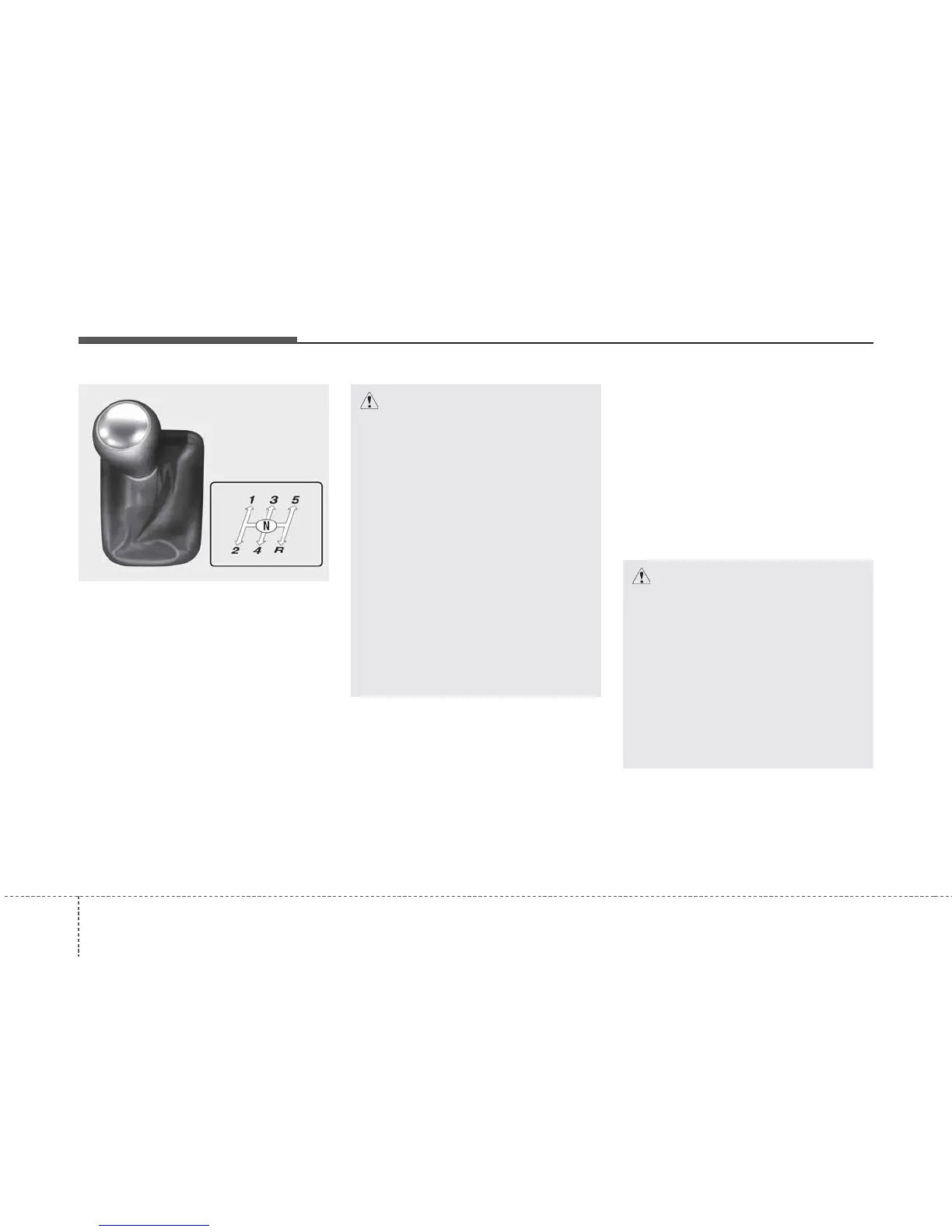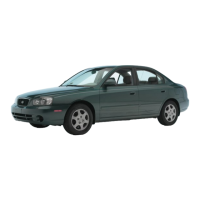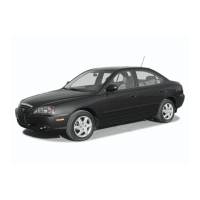Driving your vehicle
67
Manual transaxle operation
The manual transaxle has 5 forward
gears.
This shift pattern is imprinted on the shift
knob. The transaxle is fully synchronized
in all forward gears so shifting to either a
higher or a lower gear is easily accom-
plished.
Depress the clutch pedal down fully while
shifting, then release it slowly.
The gearshift lever must return to the
neutral position before shifting into R
(Reverse).
Make sure the vehicle completely stops
before shifting into R (Reverse).
Never operate the engine with the
tachometer (rpm) in the red zone.
• During cold weather, shifting may be
difficult until the transaxle lubricant has
warmed up. This is normal and not
harmful to the transaxle.
• If you have come to a complete stop
and it is hard to shift into 1
st
(first) or R
(Reverse), put the shift lever in neutral
position and release the clutch pedal.
Depress the clutch pedal back down,
and then shift into 1
st
(first) or R
(Reverse) gear position.
MANUAL TRANSAXLE (IF EQUIPPED)
CAUTION
• When downshifting from 5
th
(fifth)
gear to 4
th
(fourth) gear, caution
should be taken not to inadver-
tently move the shift lever side-
ways in such a manner that 2
nd
(second) gear is engaged. Such a
drastic downshift may cause the
engine speed to increase to the
point that the tachometer will
enter the red-zone. Such over-
revving of the engine may possi-
bly cause engine damage.
• Do not downshift more than 2
gears or downshift the gear when
the engine is running at high
speed (5,000 RPM or higher).
Such downshifting may damage
the engine.
OHA051001
CAUTION
• To avoid premature clutch wear
and damage, do not drive with
your foot resting on the clutch
pedal. Also, do not use the clutch
to hold the vehicle on an uphill
grade, while waiting for a traffic
light, etc.
• Do not use the shift lever as a
handrest during driving, as this
can result in premature wear of
the transaxle shift forks.

